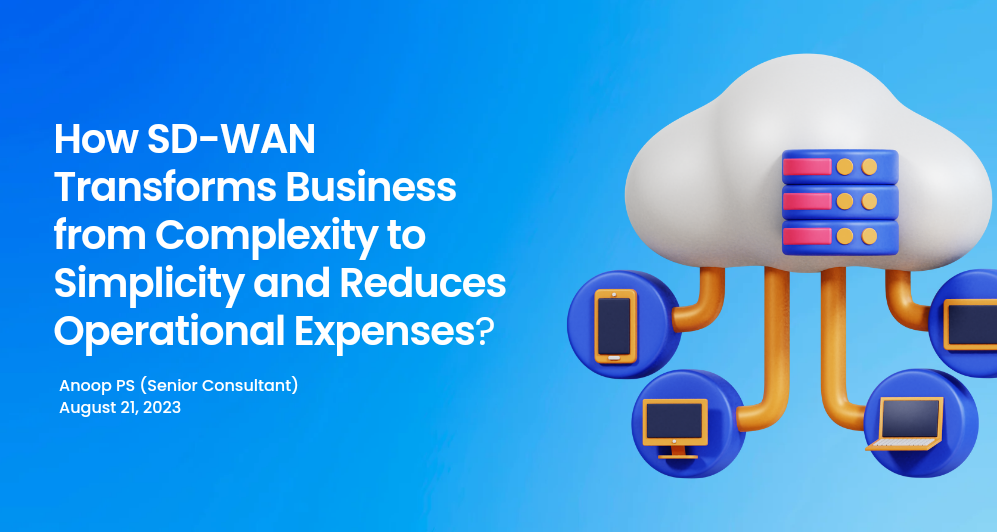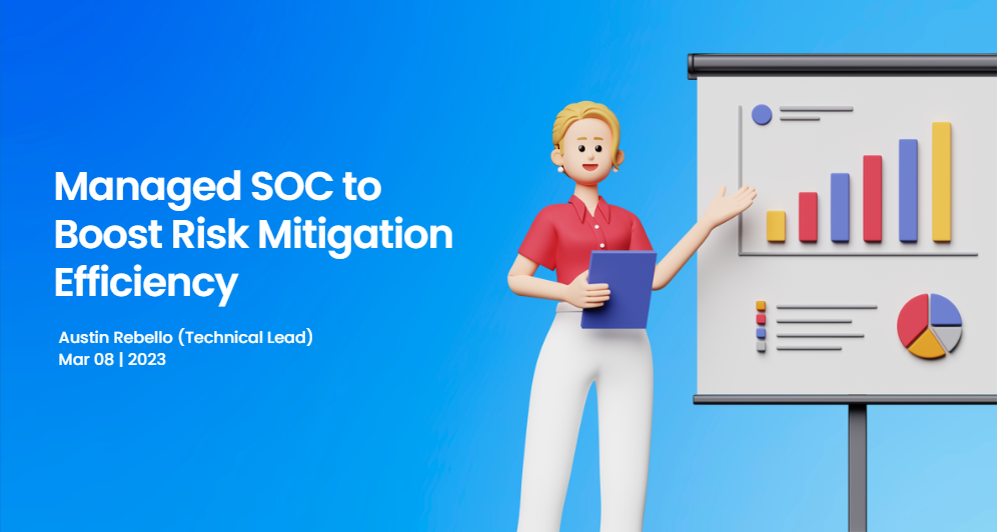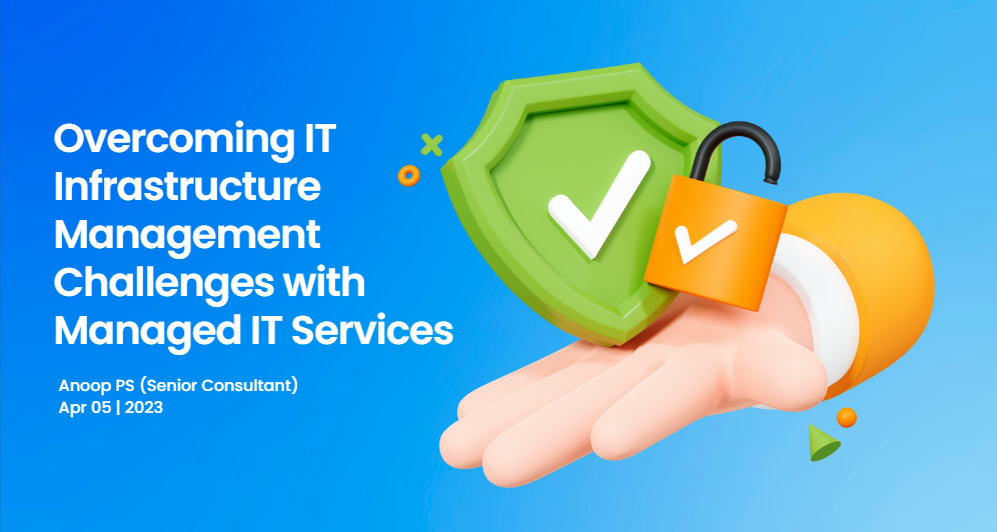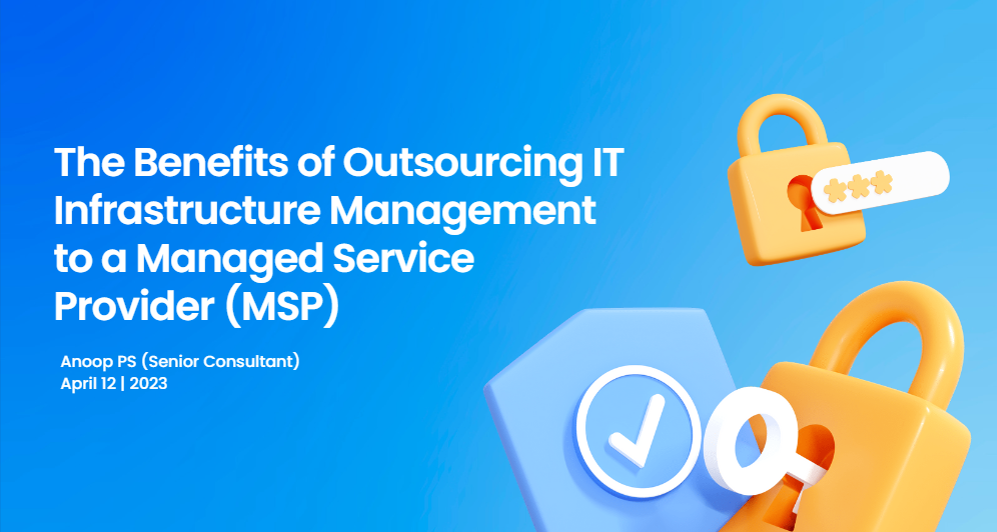sales@soffit.in | support@soffit.in | helpdesk@soffit.in
+91 1800 103 8 912 | +91 94 950 93 000

Top Stories
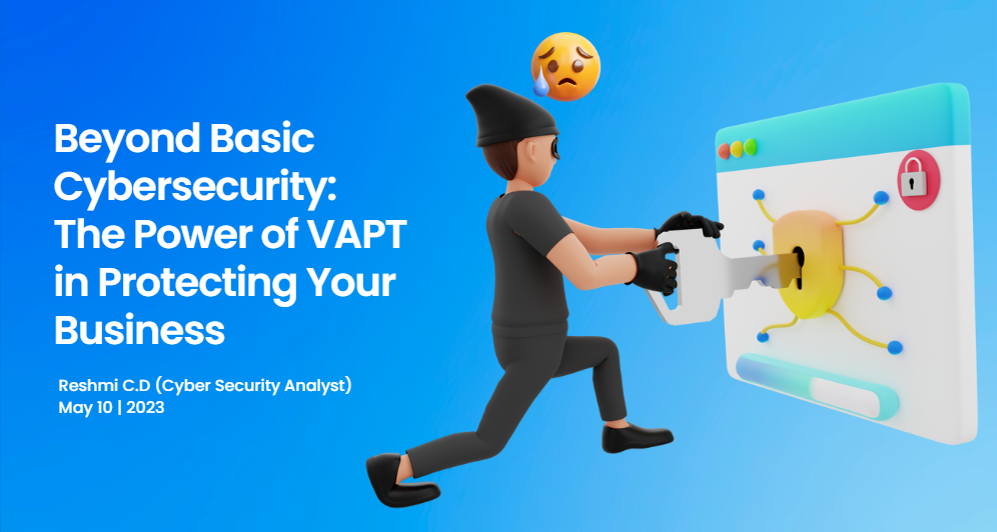
Cyber threats are becoming increasingly prevalent in today's business environment, and protecting your organization's sensitive information and data is essential. Vulnerability Assessment and Penetration Testing (VAPT) is a critical process used to evaluate the security of an organization's computer systems, networks, and applications.
VAPT involves a combination of automated and manual testing techniques to simulate attacks on an organization's systems and identify any vulnerabilities that could be exploited. By conducting VAPT, organizations can identify and remediate security weaknesses before they can be exploited by attackers, thus helping to protect sensitive data and preserve business continuity.
This blog entails an in-depth overview of Vulnerability Assessment and Penetration Testing (VAPT), a crucial aspect of ensuring data security. From understanding the difference between vulnerability assessment and penetration testing to highlighting the benefits of VAPT for businesses, this blog covers it all. It also outlines the steps involved in the VAPT process. By the end of this blog, you will have a comprehensive understanding of VAPT and its significance in protecting your business from potential cyber threats.
Key differences between Vulnerability Assessment and Penetration Testing
VAPT involves two separate processes: vulnerability assessment and penetration testing. Vulnerability assessment identifies vulnerabilities and weaknesses in your system, while penetration testing attempts to exploit those vulnerabilities to gain access to your system. Together, these processes provide a comprehensive picture of your system's security posture and highlight areas that require attention.
Here is a table comparing vulnerability assessment and penetration testing:
| Criteria | Vulnerability Assessment | Penetration Testing |
| Goal | Identify vulnerabilities in system, applications, and network infrastructure | Evaluate the effectiveness of security controls by simulating real-world attacks |
| Methodology | Scans for known vulnerabilities using automated tools and reviewed using manual techniques | Automated and manual techniques to exploit vulnerabilities to see how deeply an attacker can penetrate a system |
| Coverage | Broad coverage of entire IT infrastructure | Target specific and attacker driven |
| Frequency | Periodic | Periodic and on-demand |
| Risks involved | Low risk of damage to system or data | Moderate to high risk of damage to system or data if not performed carefully |
| Results | List of vulnerabilities that needs to be addressed | Detailed report of exploited vulnerabilities and attack paths |
Step-by-step breakdown of the VAPT process
The VAPT process consists of several key stages, starting with the information gathering, enumeration, and continuing through to reporting.
Information Gathering
The VAPT team gathers information about the target systems, including IP addresses, network topology, operating systems, services, and applications. This data can be gathered both passively and actively using tools like Nmap, Shodan, or Google Doodles, as well as publically accessible data.
Enumeration
The VAPT team proactively pursuit more detailed information about target systems. Techniques including DNS zone transfers, LDAP searches, and SMB enumeration can be used at this step.
Service Discovery and Mapping
The VAPT team uses tools like Nmap or Nessus to identify open ports, services, and applications running on the target systems. This phase is crucial as it provides an understanding of what services are running and where they are located, which helps in identifying potential vulnerabilities.
Vulnerability Scanning
Automated tools like Nessus or OpenVAS are used in this phase to scan the target systems for known vulnerabilities such as missing patches, misconfigurations, and default passwords.
Exploitation
The VAPT team attempts to access the target system by exploiting the identified vulnerabilities. This phase involves using both manual and automated techniques, including Metasploit, to simulate a real-world attack scenario.
Privilege escalation
Once a foothold is established, the VAPT team attempts to elevate user privileges through brute force techniques. This phase can include techniques such as password cracking and buffer overflow exploits to escalate to a higher privilege level.
Root shell/data access
The VAPT team makes an attempt to access the target system at the root level. With this degree of access, the VAPT team is free to take any action on the system, such as adding malware or stealing data.
Reporting
The final phase of the VAPT process is to document the findings of the VAPT assessment, including the vulnerabilities that were identified, the impact of the vulnerabilities, and recommendations for remediation. The report ought to be thorough, usable, and risk-based in its prioritization. Any false positives or non-vulnerabilities discovered during the testing should also be included in the report.
Overall, the VAPT process is essential for identifying and mitigating vulnerabilities in an organization's systems and networks. By following these key stages, we can help strengthen the organization's overall security posture and protect against a wide range of potential threats.
Benefits of VAPT for Businesses
Implementing VAPT can bring numerous benefits to businesses. Here are some key points that you should know about the business benefits of VAPT:
Improved Security Posture
VAPT helps organizations identify vulnerabilities and weaknesses in their systems, network, and applications, providing a comprehensive evaluation of their security posture. By addressing these vulnerabilities, organizations can strengthen their defenses against potential cyberattacks and reduce the risk of data breaches and other security incidents.
Compliance with Industry Standards
VAPT helps organizations comply with various industry-specific regulations and standards, such as the Payment Card Industry Data Security Standard (PCI DSS) and General Data Protection Regulation (GDPR). Compliance with these regulations is mandatory and essential to avoid costly penalties and reputational damage.
Enhanced Protection Against Monetary Loss
VAPT helps organizations prevent monetary loss by identifying and addressing vulnerabilities before an attacker exploits them. By reducing the risk of data breaches and other security incidents, organizations can avoid the costs associated with incident response, remediation, and legal fees.
Protection of Customer Data and Trust
VAPT helps organizations protect their customers' personal and financial information from theft, unauthorized access, and misuse. By strengthening their defenses against cyberattacks, organizations can maintain the trust of their customers and protect their reputation.
Increased ROI for IT Investments
VAPT helps organizations identify vulnerabilities and weaknesses in their existing security systems, ensuring that IT investments are well spent. By investing in VAPT, organizations can ensure that their security systems are effective and provide a positive return on investment.
Ensured Business Continuity
VAPT helps to ensure business continuity by identifying vulnerabilities and weaknesses that could disrupt operations or cause downtime.
Minimized False Positives and Negatives
VAPT provides a more accurate evaluation of an organization's security posture, reducing the number of false positives and negatives. By eliminating false positives and negatives, organizations can focus on the most critical vulnerabilities and reduce the time and effort required for remediation.
However, it's important to note that VAPT is not a one-time process. It should be an ongoing practice to ensure that your IT infrastructure remains secure. By regularly assessing and testing their systems, businesses can stay ahead of potential cyber threats and prevent costly data breaches and cyberattacks.
Key Takeaways
With the growing number of cyber threats, organizations cannot afford to take security lightly. VAPT is not just an optional security approach but a necessary one for any organization that wants to protect their systems and data from malicious attacks. VAPT provides a comprehensive and accurate evaluation of the security posture and identifies vulnerabilities and loopholes that could lead to major cyberattacks.
Organizations must take a proactive approach and prioritize the implementation of VAPT to protect themselves from monetary loss, reputation damage, loss of customer trust, and non-compliance with industry standards. With the potential risks that organizations face, it is crucial to take the necessary actions to protect their systems and data. Therefore, if you haven't implemented VAPT yet, it's time to take strong action and protect your organization's systems and data from potential threats.
Check out:
Penetration Testing and Vulnerability Assessment
How Choosing the Right VAPT Service Provider Secures your Digital Assets
Poor testing might be the Achilles Heel of digital transformation
Guide to Information Technology Security Services
Sebi's 12-Point Cybersecurity Advice for Mutual Funds, Stock Exchanges, and Other Entities
Sebi lays down data localisation norms for cloud adoption
New sebi guidelines mandate in-depth vapt
Global Ransomware Damage Costs Predicted to Exceed $265 Billion By 2031
Prepared and Published By
Priya PK

Soffit Infrastructure Services Pvt Ltd
Novel MSR Building,
Marathahalli, Bengaluru,
Karnataka 560037
administrative office
Soffit Infrastructure Services (P) Ltd
34/1441, Punnakkal, Elamakkara PO
Kochi 682026, Kerala, India
support
support [at] soffit [dot] in
helpdesk [at] soffit [dot] in
+91 1800 103 8 912
administration
info [at] soffit [dot] in
careers [at] soffit [dot] in
+91 8138 9042 30


Terms of use | Privacy Policy | Contact us
© 2024 Soffit Infrastructure Services Pvt Ltd. All Rights Reserved
Designed & Developed by Websoul Techserve





